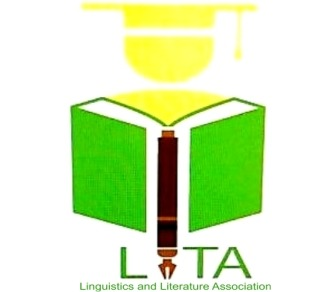Disrupting Gender Inequality through Narrative Texts in English Textbook
Abstract
English textbook is used in teaching and learning extensively in Indonesian education. It contains narratives text to distribute cultural values, but pitifully, the traditional narrative texts depict gender inequality. Gender is defined by culture and inequality between masculinity and femininity—the binary confines calamity to the subordinate gender. The binary seems to restraint femineity as the sub-ordinate gender. Discussing gender will not be sufficiently virtuous without disrupting gender inequality. Thus, this research was conducted to enclose that there are still many stories or traditional narrative texts containing gender inequality in English textbooks. It is assumed as a silent missile in today’s education. The data are the English narrative texts in the English textbook for Eleventh Grade Senior High School published by Kemendikbud in 2017. The data were collected by reading and quoting. Using gender equality perspective, interpretative approach, and content analysis as the technique of analysis, the result shows that the traditional narrative texts that are used unconsciously represent gender inequality. It is assumed to demoralize gender equality, and it is upsetting. It can cause sexual violence and affect children’s lives in the future. Thus, the traditional narrative texts in English textbooks published by Kemendikbud convey gender inequality, in contrast to gender equity.


